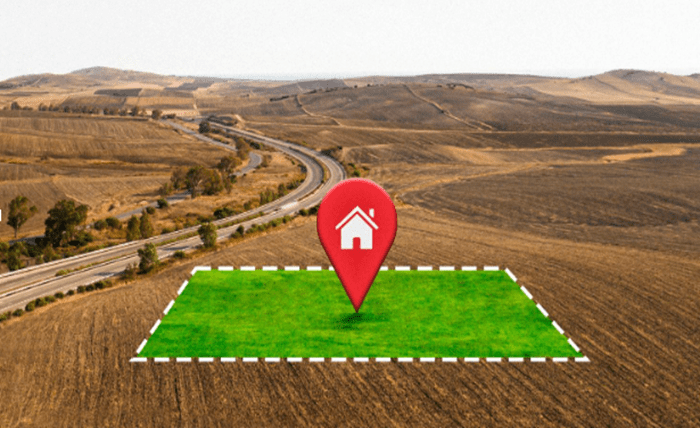When it comes to property investment, one of the biggest questions buyers face is what offers better long-term value. Land or house? Both options can deliver great returns. However, they also come with different levels of risk, responsibility, and complexity, especially if you plan to build.
Let’s explore how each performs when it comes to capital growth, maintenance, and future flexibility, so you can make an informed investment decision.
Land: Long-term growth potential
Land is often seen as a long-game investment. Because there’s only so much of it available, well-located land usually appreciates over time, especially as nearby suburbs develop and demand increases.
Why land can be a strong long-term investment
-
Capital appreciation
As cities grow and demand for housing increases, land values usually rise, particularly in emerging suburbs and growth corridors.
-
Low maintenance
With no structure to maintain, holding costs are minimal compared to owning a home.
-
Flexibility
You can choose to hold the land purely as an investment or develop it in the future when the timing and market conditions are right.
However, the key to unlocking land’s true potential often lies in strategic development planning. If you decide to build, you’ll need to navigate council approvals, budgets, and builder contracts, where construction contract administration becomes essential.
Effective construction contract administration helps ensure your project stays on track, manages timelines and costs, and protects you from disputes or hidden risks. It’s the professional oversight that turns a piece of raw land into a valuable, well-managed investment opportunity.
By combining smart land selection with proper planning and expert contract management, investors can transform a simple plot into a long-term asset that consistently grows in value.
Houses: Immediate returns and stability
For many buyers, purchasing an established house offers a more immediate and reliable path to property ownership. Unlike land, which may take years to appreciate or develop, a house can begin generating returns from day one, either through rental income or instant occupancy.
Why houses can deliver strong long-term value
-
Dual benefits
A house provides both capital growth and rental yield, offering consistent cash flow while the property appreciates over time.
-
Ease of entry
You can move in or rent the property out immediately, avoiding the long wait times and uncertainty that come with building.
-
Financing advantages
Lenders often view established homes as lower risk, making it easier to secure loans or refinance.
-
Value-adding potential
Renovations, extensions, or upgrades can directly increase your home’s market value and rental return.
Beyond the financial benefits, buying an existing home also means you can see exactly what you’re getting, from the layout and finishes to the neighborhood and local amenities. This transparency makes it easier to assess liveability and resale potential upfront.
Of course, every home requires ongoing maintenance and, over time, the structure itself will depreciate. However, the land component of the property generally continues to appreciate, meaning the right location still plays the biggest role in securing long-term growth.
Balancing growth, income, and effort
Choosing between buying land and an established house often comes down to your goals. As well as how much time and effort you’re prepared to invest in the process. Each option offers its own mix of growth potential, income opportunities, and management responsibilities.
Buying land is ideal for investors who want long-term capital growth and flexibility. It’s generally a lower-maintenance option, but unlocking its full value often means developing it at some stage.
On the other hand, buying a house delivers a more immediate return. You can rent it out straight away, gain a steady income, and still benefit from land appreciation over time. However, you’ll also need to stay on top of maintenance, property management, and market fluctuations — all of which require ongoing attention.
For many investors, the sweet spot lies in balance. A property with strong land value and a quality structure offers both long-term growth and consistent cash flow. The key is finding that balance between upfront effort and sustainable reward.
Consulting experienced real estate agents can make all the difference. They understand local markets, future development plans, and demand trends, helping you choose the right property type for your investment strategy.
Conclusion
Ultimately, your decision should align with your financial goals, time horizon, and comfort with risk. Whether you lean toward the flexibility of land or the stability of a house, balancing growth, income, and effort is the smartest way to build lasting value.

